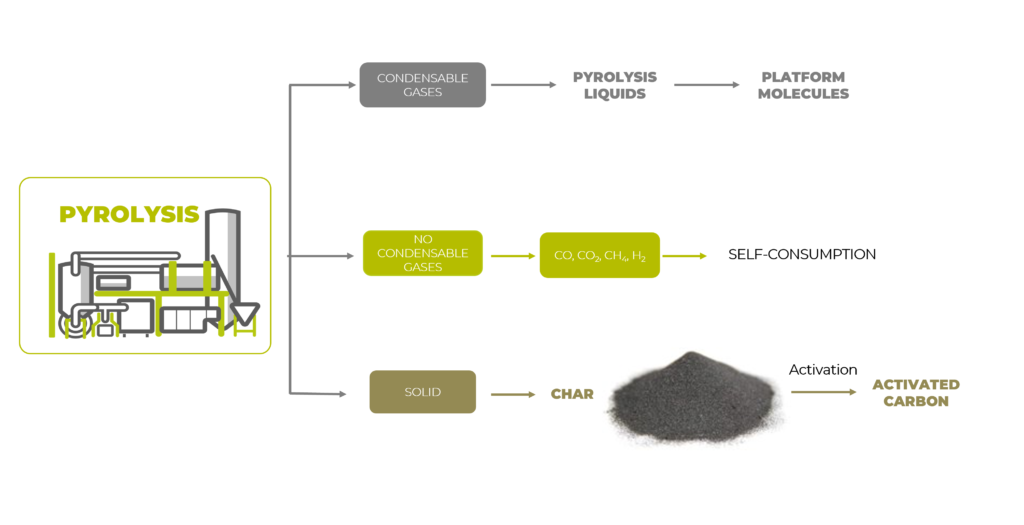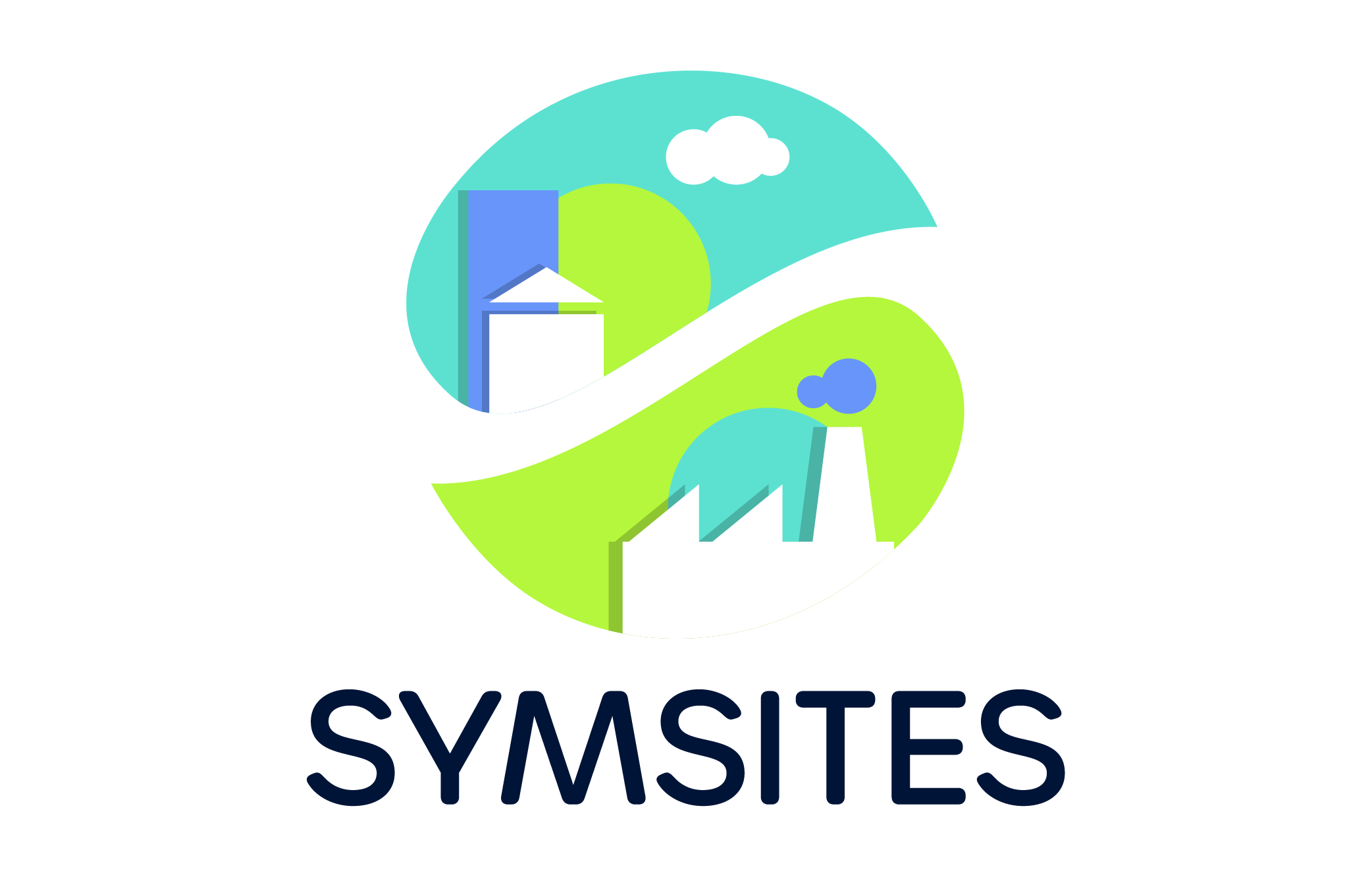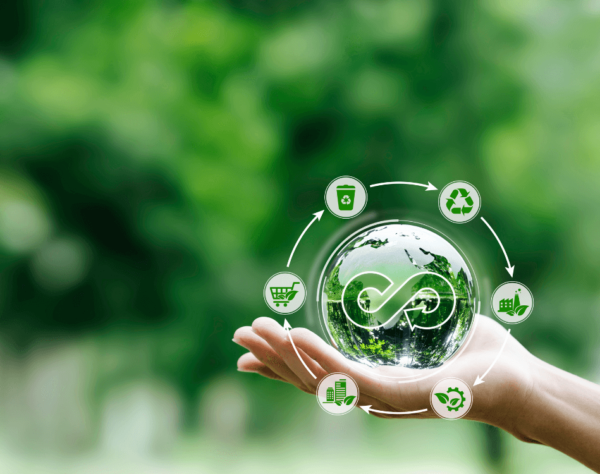
From non-recyclable solid waste to high-value new resources: platform molecules production from pyrolytic liquids
The liquid fraction resulting from the pyrolysis of non-recyclable wastes (NRWs) represents a significant advance in the search for sustainable and circular economy solutions. Pyrolysis, a thermochemical process that decomposes organic materials in the absence of oxygen, is becoming a key tool for converting waste into valuable resources.
In a world facing unprecedented environmental challenges, innovation in waste management has become a priority.
Pyrolysis of NRWs offers a promising solution, converting waste into a liquid fraction rich in chemical compounds that can be used in a variety of industrial applications.

What is the Pyrolysis Liquid Fraction?
The liquid fraction obtained through pyrolysis is a dark and viscous liquid, known as bio-oil. Bio-oil is similar to crude oil but has completely renewable origins. Bio-oils is obtained by condensation of the released vapours during the pyrolysis process. Bio-oil is an extremely complex mixture of organic compounds including acids, alcohols, ketones, phenols, and aldehydes. The exact composition varies depending on the type of feedstock and the specific conditions of the pyrolysis process.
Pyrolysis of wastes is a relatively mature technology. Despite obtaining high yields (> 85%) with high C content, the liquid fractions produced, also called pyrolysis oils, requires an upgrade before use.
Typically, fractional distillation is the common process for refining pyrolysis oil, allowing for the separation of different cuts which can then be mixed with other oil fractions thanks to this upgrading process. This blending can be used as feedstocks for chemicals and renewable fuel production. However, when the water content in pyrolysis oil surpasses 35-45%, a phase separation occurs, yielding a polar water-rich `phase and a less polar heterogeneous phase. The less polar phase, characterised by a low oxygen content, has the potential for titration as a biofuel. Despite the aqueous phase has a more complicated titration, it contains some highly valuable compounds.
The NRWs sources used in SYMSITES project (biomass and textile wastes) normally result in liquid fractions with a higher percentage of aqueous phase than biofuels.
SYMSITES will design and optimize a process for the separation and purification, by liquid-liquid extraction, of valuable molecules, such as benzoic acid, and acetic acid. This will also include other species of industrial interest generated in relevant percentages, from mixtures or rejection streams in the pyrolysis process.
Sustainable Bio-oil Applications
Bio-oil generated from residues has the potential to be used in a variety of applications, including:
- Alternative Fuel: It can be refined and used as a substitute for fossil fuels in engines and boilers.
- Chemical Production: It serves as a feedstock for the synthesis of chemicals and raw materials, including plastics, resins, platform molecules and fertilizers.
- Power Generation: Can be burned directly in gas turbines or boilers to generate electricity and heat.
Challenges and Opportunities
Despite its potential as a renewable energy source, there are technical and economic challenges in using the liquid fraction from pyrolysis. Variability in the composition of bio-oil can impact the stability and quality of the final product. In addition, the current scale of production is not yet sufficient to compete with fossil fuels in terms of cost and availability.
Nonetheless, investments in research and development, coupled together with supportive policies, offer the path to overcome these hindrances. Improvements in the pyrolysis efficiency and bio-oil refining techniques can boost the commercial viability of this technology.
Towards a Sustainable Future
The liquid fraction obtained from the pyrolysis of NRWs symbolizes an important step towards achieving a more sustainable future.
By transforming waste into valuable resources, this technology not only helps mitigate the problems associated with waste management, but also contributes to the reduction of dependence on fossil fuels and the development of a circular economy. Collaboration between industries, governments, and scientific communities will be crucial to harness the full potential of this innovative solution.





